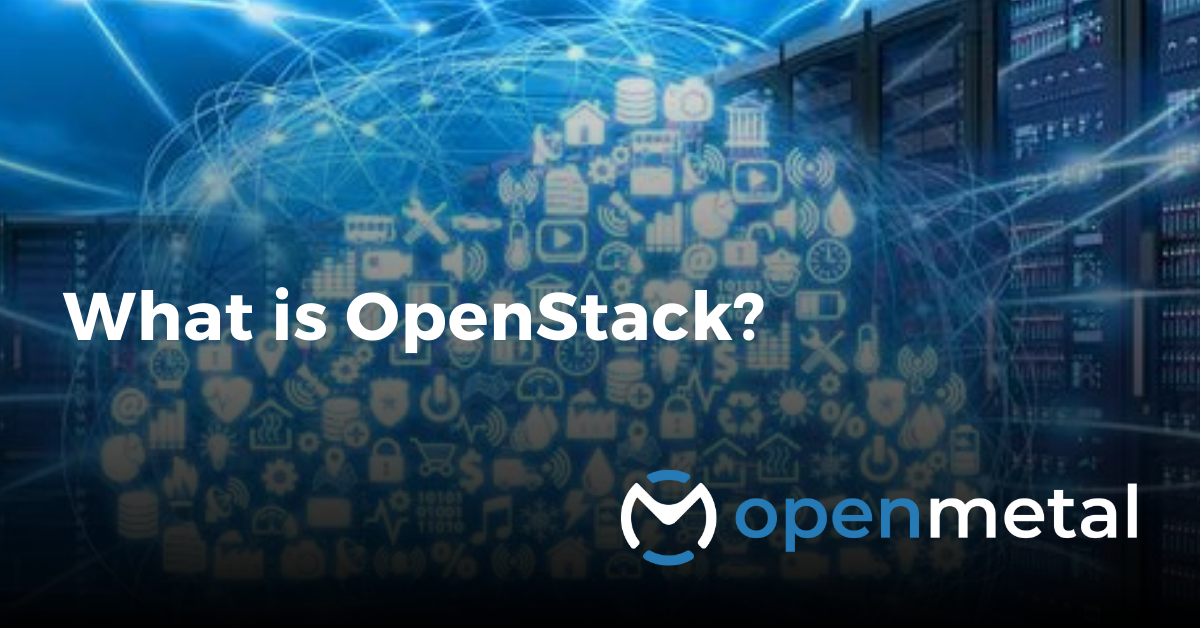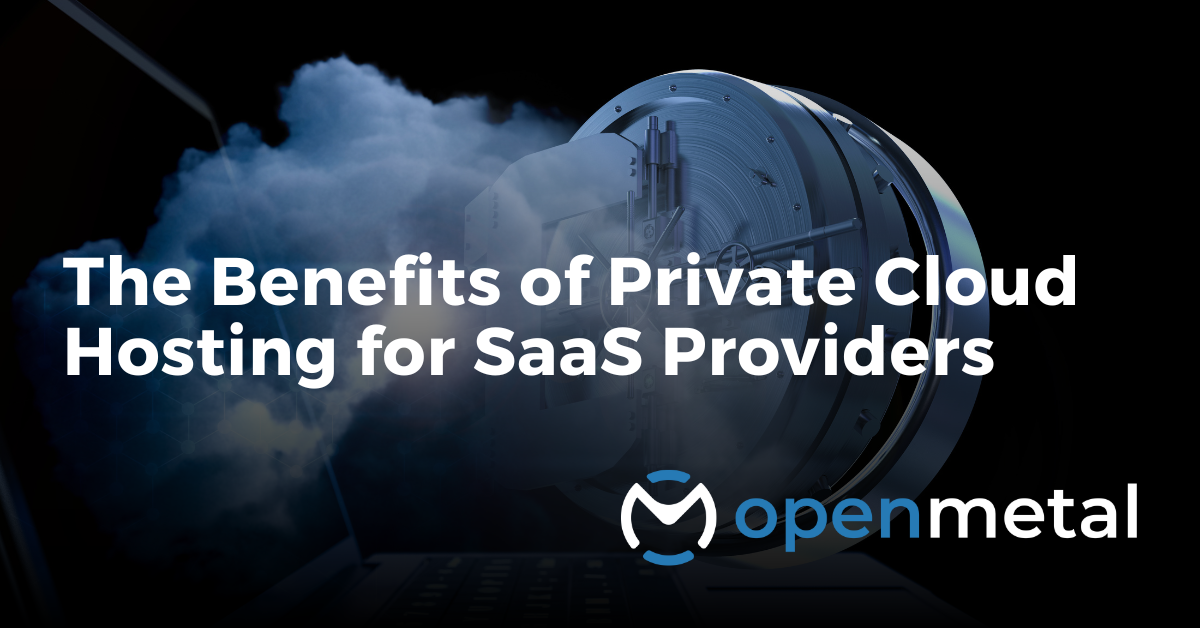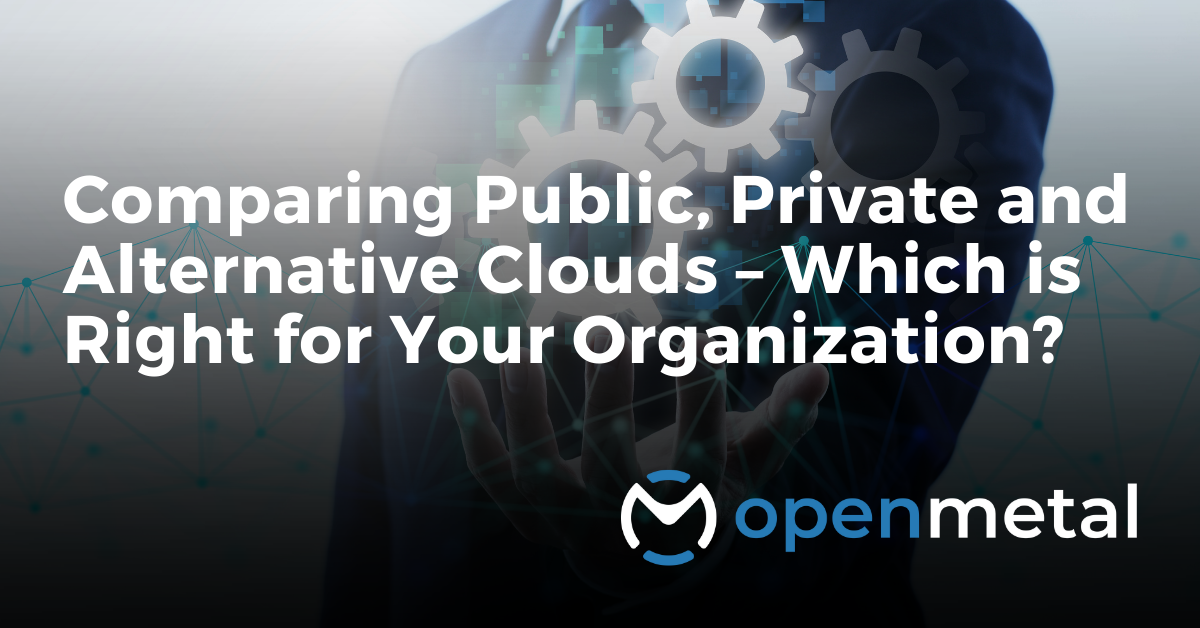Cloud computing refers to a convenient way of accessing computer resources whenever needed through the internet. It spares organizations from the hassle of acquiring, setting up, and overseeing these resources on their own. Instead, they can simply use what they require and pay only for what they use.
How Does Cloud Computing Work?
Cloud computing service models are designed to allow organizations to share computing resources, software, and information over the internet. This means that companies or individuals can pay to access a pool of virtual resources, such as computing power, storage, and networking services. These resources are stored on remote servers owned and managed by service providers.
To put it simply, cloud computing works by connecting users to a cloud platform via a network, often the internet. From there, users can request and access rented computing services. A central server facilitates communication between the users’ devices and the servers, enabling the exchange of data. Many companies looking to build or migrate their systems to the cloud choose to hire cloud application developers to ensure efficient and secure implementation.
Security and privacy features are integral to ensure the protection and confidentiality of this information. Clouds can be built using proprietary or open source software. Proprietary is sometimes more user friendly but open source often gives users more control and flexibility.
When it comes to adopting cloud computing architecture, there isn’t a one-size-fits-all solution. What may work for one company might not be suitable for another. This flexibility and adaptability are key characteristics of cloud computing. If you need help designing the right cloud architecture or application, a cloud development company can help you integrate and scale cloud solutions tailored to your specific business needs, ensuring optimal performance and security.
The ability for enterprises to quickly respond to changing market conditions or operational requirements, move workloads across cloud types, and even switch providers to keep infrastructure costs down allow organizations to flourish in an ever-changing economy.
Cloud Computing Service Models
There are three primary types of cloud computing service models that cater to different levels of control, flexibility, and management requirements for organizations:
Infrastructure as a Service (IaaS)
Infrastructure as a Service (IaaS) provides on-demand access to IT infrastructure resources such as computing power, storage, networking, and virtualization. This model gives organizations a high level of control over their IT resources.
Platform as a Service (PaaS)
Platform as a Service (PaaS) offers a complete set of hardware and software resources required for cloud application development. With PaaS, companies can focus solely on developing applications without the need to manage and maintain the underlying infrastructure. This allows for streamlined application development and deployment processes.
Software as a Service (SaaS)
Software as a Service (SaaS) delivers a full application stack as a service, encompassing not only the underlying infrastructure but also the maintenance and updates to the application software itself. SaaS solutions are typically end-user applications, where both the service and the infrastructure are managed and maintained by the cloud service provider. This model provides convenience and eliminates the need for organizations to handle application management tasks.
It’s common practice that SaaS and PaaS use an IaaS provider. So organizations choosing to use SaaS or PaaS should inquire to know who provides the infrastructure.
For a more in depth coverage of IaaS, SaaS and PaaS, check out this article on Navigating The Cloud: A Comprehensive Comparison Of IaaS, SaaS and PaaS.
Types Of Clouds
There are multiple deployment models in cloud computing: public cloud, private cloud, alternative and hybrid cloud. Each model has its own characteristics and considerations, depending on the specific needs and preferences of the organization.
Public Clouds
Public clouds are operated by cloud service providers who are not affiliated with any specific organization. These providers offer computing, storage, and networking resources over the internet. This allows organizations to access and utilize shared resources based on their individual requirements and goals. For businesses involved in web application development, leveraging public cloud infrastructure can be beneficial in cases like working with specialized services such as Ruby on Rails consultancy.
Resources are shared and users have no idea what other users share the servers their workloads are on. Public clouds are a great starter point for small workloads at the instance level, but once your workload grows significantly to $20,000 -$50,000 a month, you should be conscious that hosted private clouds can cost up to 80% less. Learn More
On-Premises Private Clouds
These clouds are built, managed, used and owned by the same organization. They provide organizations with a higher level of control, security, and data management. Internal users can benefit from a shared pool of computing, storage, and networking resources while ensuring that sensitive data remains within their own infrastructure. However, they are costly to set up (hardware cost and engineering time set aside to building and configuring the cloud) and maintain. There is also a longer wait time to scale because you need to purchase hardware and wait for it to be set up. But a well-designed cloud architecture can help optimize resource allocation and improve operational efficiency, especially in private cloud environments.
Alternative Clouds
Alternative cloud solutions such as hosted private clouds combine the best of both public and private clouds. They provide full root level control over your infrastructure and cost-effective pricing. Organizations can meet their specific IT infrastructure needs and ensure that their data is secure at all times. Alternative clouds can reduce your public infrastructure costs by 80%+ which allows you to enjoy the perks of both public and private clouds. Learn More
Hybrid Clouds
Hybrid clouds combine elements of both public and private cloud models. This cloud model allows organizations to build their cloud combining resources from multiple cloud providers and even on-prem. This allows organizations the flexibility to shop around and not over spend for resources when they need it. It allows companies to leverage public cloud services while maintaining the security and compliance capabilities typically associated with private cloud architectures.
By adopting a hybrid cloud approach, organizations can take advantage of the scalability and flexibility offered by public clouds while keeping critical data and applications in a controlled and secure environment.
To learn more about the different cloud models read Comparing Public, Private And Alternative Clouds: Which Is Right For Your Organization?
Benefits of Cloud Computing
Automatic Updates and Maintenance
Cloud providers handle the regular updates, patches, and maintenance of underlying infrastructure and software. This eliminates the burden of manual maintenance tasks for organizations, allowing them to focus on their core operations while benefiting from the latest features and security enhancements.
Collaboration and Accessibility
Remote access to cloud computing enables seamless collaboration among teams. Multiple users can access and work on the same files and applications simultaneously, promoting productivity and efficient workflows. Additionally, cloud services can be accessed from various devices, such as laptops, tablets, and smartphones, providing flexible access to resources and data.
Cost-effectiveness
Regardless of the cloud computing service model used, enterprises only pay for the computing resources they actually use. This eliminates the need for overbuilding data center capacity and allows IT staff to focus on strategic initiatives rather than infrastructure maintenance. This also allows organizations to reduce expenses both with hardware and labor.
Global Reach and Scalability
Cloud computing offers a global presence, with data centers located in various regions worldwide. This enables organization to expand their operations and reach customers in different geographical locations without the need for significant infrastructure investments. Cloud services can easily scale to accommodate increased demand from different regions, ensuring a seamless user experience.
Innovation and Time-to-Market
Cloud computing provides a platform for rapid innovation and faster time-to-market for new products and services. Organizations can leverage pre-built services, APIs, and development tools offered by cloud providers, accelerating the development and deployment of applications and reducing development costs.
Reliability and Redundancy
Cloud providers typically have robust infrastructure with redundant systems in place. This enhances reliability and minimizes the risk of downtime or data loss. Cloud services often offer built-in backup and disaster recovery capabilities, to protect organizations in case of unforeseen events.
Resource Optimization
Cloud computing enables efficient resource utilization. It allows for the allocation of resources based on actual usage, optimizing costs and reducing waste. Additionally, things like advanced augmented analytics and monitoring tools provided by cloud services enable organizations to gain insights into resource consumption and optimize their infrastructure accordingly.
Scalability
Cloud computing offers the ability to easily scale resources up or down based on demand. This means that organizations can quickly adjust their computing power, storage capacity, and network bandwidth as needed, ensuring optimal performance without overprovisioning or wasting resources.
Security
Cloud computing security is generally considered stronger than traditional enterprise data centers. Cloud providers implement comprehensive security measures, and their security teams are recognized as experts in the field.
How Are Organizations Using Cloud Computing In Today’s World?
Infrastructure Scaling
Cloud computing allows organizations to easily scale their infrastructure based on fluctuating needs. Retail companies, for example, can quickly ramp up compute capacity during peak seasons to handle increased customer demand, and scale it down during quieter periods to minimize infrastructure costs.
Disaster Recovery
Instead of building and maintaining additional data centers for backup and disaster recovery purposes, organizations can leverage cloud computing to securely store and replicate their digital assets. This ensures continuity in the event of a disaster, as data can be quickly restored from the cloud.
Data Storage
Cloud computing provides a cost-effective solution for storing large volumes of data. It offers high scalability, accessibility, and redundancy, relieving the burden on overloaded on-premises data centers. Cloud storage also simplifies data analysis, facilitates backup and recovery processes, and enables seamless data sharing across distributed teams. To fully capitalize on these advantages, businesses often seek cloud consulting services, which help them develop tailored strategies for cloud adoption, optimize their cloud usage, and ensure they meet industry best practices for security and compliance.
Application Development
Cloud computing platforms and tools expedite application development and deployment processes. Developers can access pre-configured environments, development frameworks, and services provided by cloud vendors. This accelerates time to market for new applications, as developers can focus on coding and functionality without worrying about infrastructure setup and management.
Big Data Analytics
The vast computing resources available in the cloud make it an ideal environment for processing and analyzing large volumes of data. Cloud-based big data analytics platforms enable organizations to derive valuable insights from their data, perform complex data processing tasks, and improve decision-making processes. The scalability of cloud computing allows for efficient handling of big data workloads and reduces the time required to gain actionable insights.
Wrapping Up
Cloud computing has revolutionized the way organizations access and manage their IT resources. With its numerous benefits such as cost-effectiveness, scalability, and global reach, organizations can focus on their core operations while leaving infrastructure management to cloud service providers.
Cloud computing offers flexibility through different service and deployment models, enabling organizations to tailor their cloud infrastructure to their specific needs. As a powerful tool for innovation and efficiency, cloud computing is essential for organizations seeking to thrive in the digital age.
More from OpenMetal…

OpenStack is a collection of open-source software tools for creating and managing your cloud infrastructure. A virtual machine deployed with OpenStack can be implemented for a multitude of use cases …Read More

Benefits Of Private Cloud Hosting For SaaS Providers
SaaS providers built success on their ability to deliver quality software and service reliability as cost-effectively as possible, to maintain competitive pricing and profitability. That is why SaaS providers ..Read More

Comparing Public, Private and Alternative Clouds – Which is Right for Your Organization?
With public and private clouds as the traditional options, innovative alternative clouds have emerged and are making waves. Deciding which cloud to use for… Read More
Test Drive
For eligible organizations, individuals, and Open Source Partners, Private Cloud Cores are free to trial. Apply today to qualify.
Subscribe
Join our community! Subscribe to our newsletter to get the latest company news, product releases, updates from partners, and more.


































